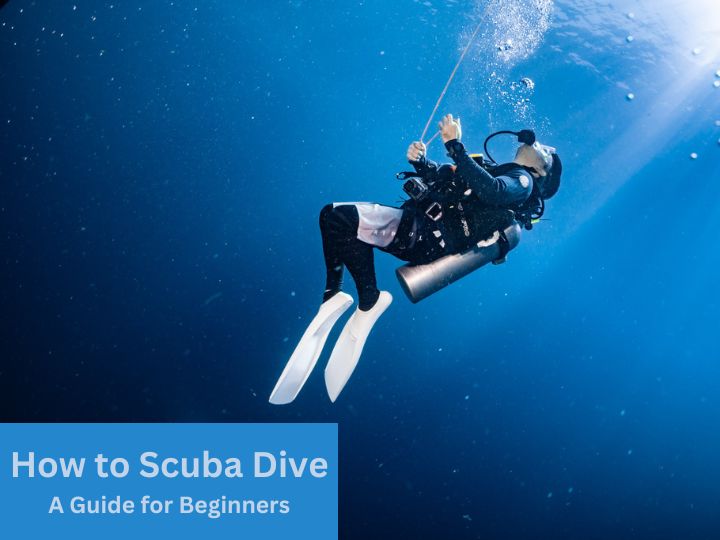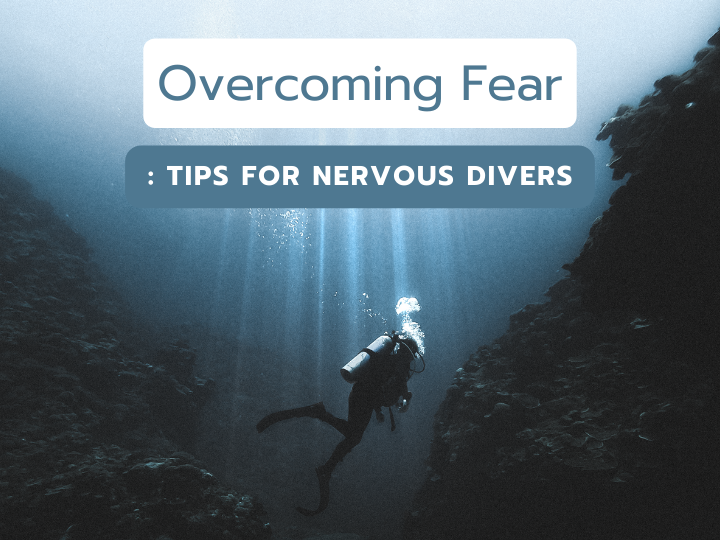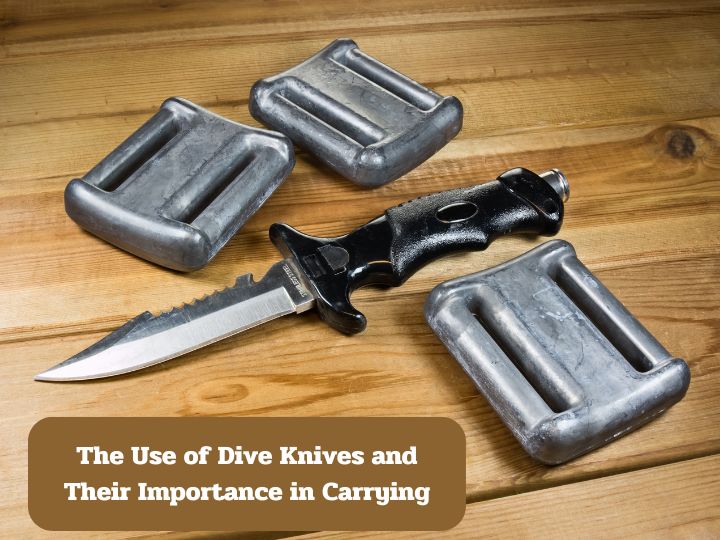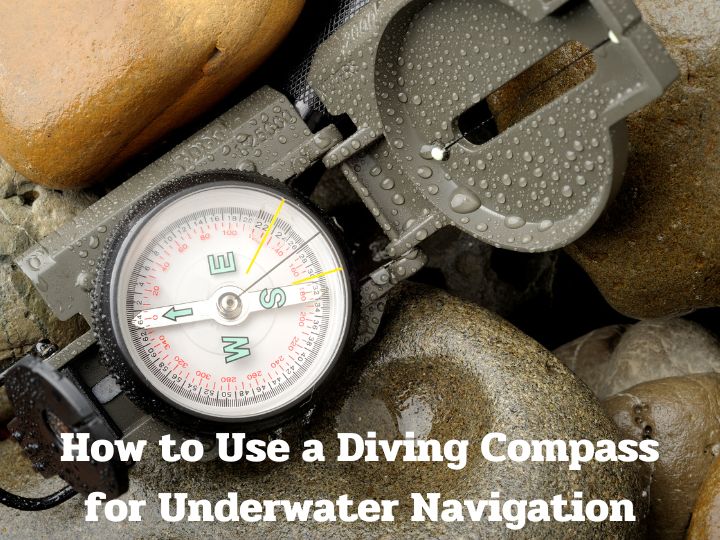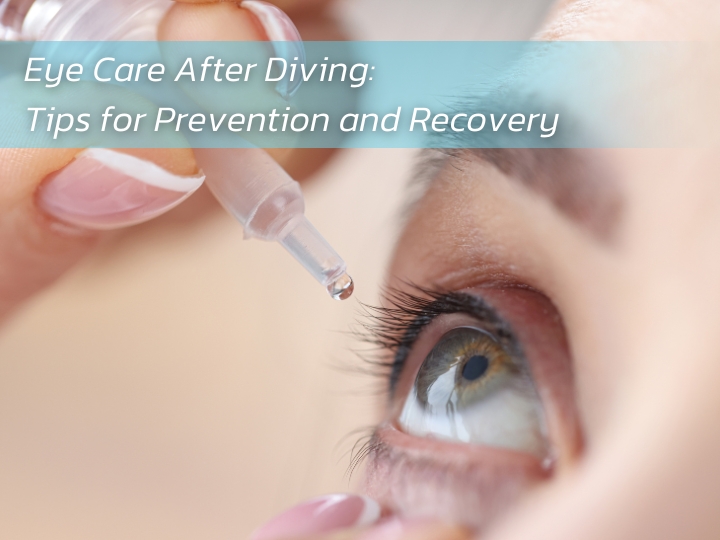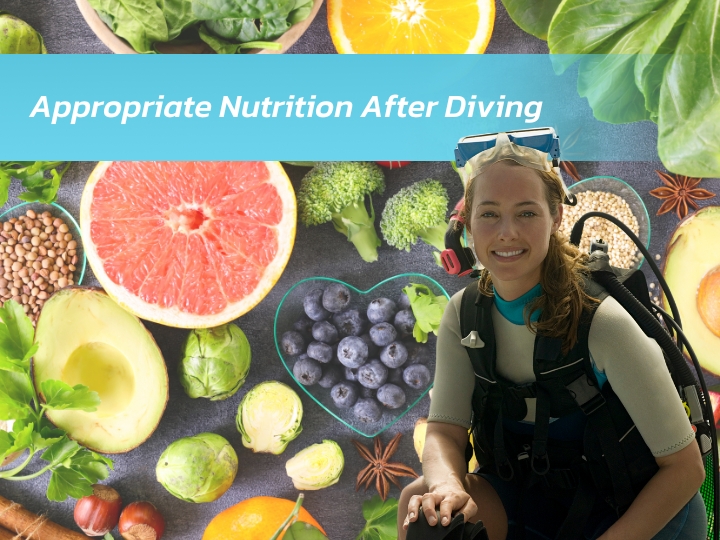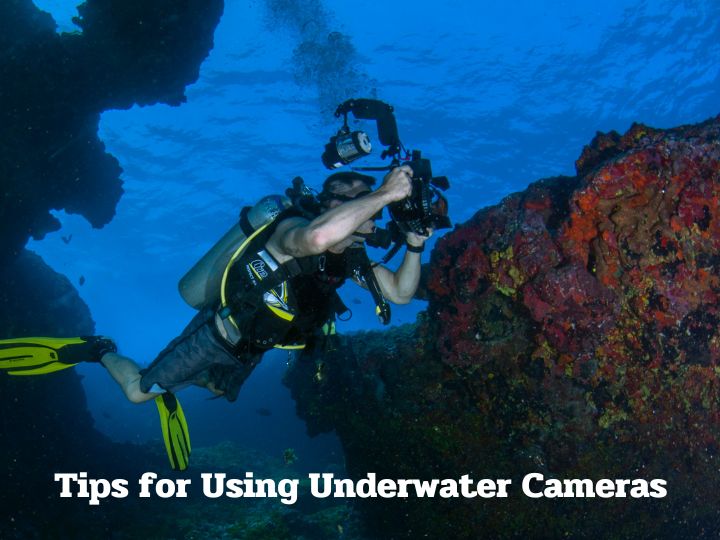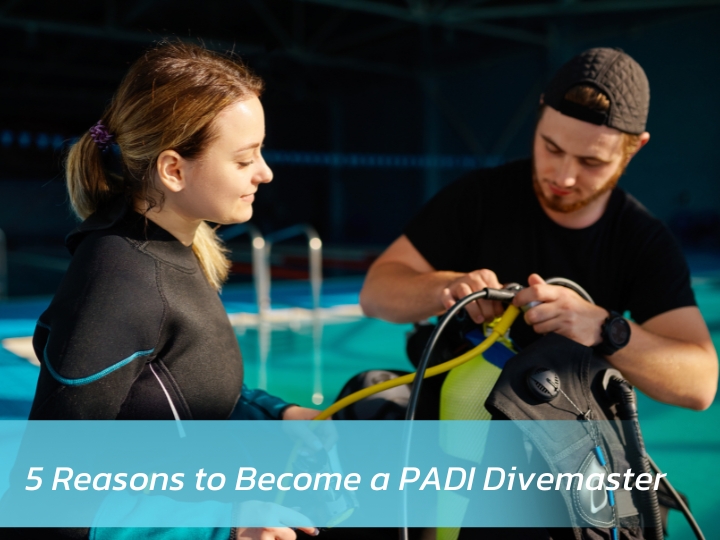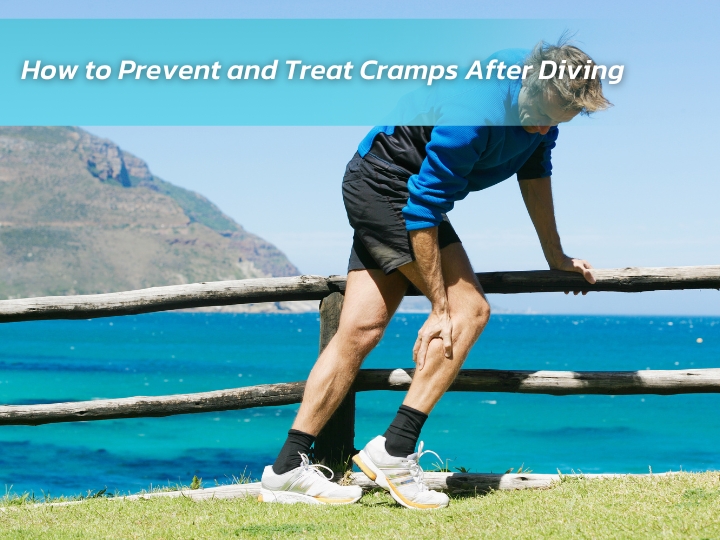
How to Prevent and Treat Cramps After Diving
Experiencing cramps after diving is a common issue among both novice and experienced divers. Preventing and treating this condition is crucial to ensure a smooth and safe diving experience. In this article, we will guide you through the best practices to prevent and treat cramps after diving, so you can dive confidently.

Preparing Before Diving to Prevent Cramps
Stretching and Exercise Before Diving
Stretching is essential to prevent cramps, especially in the legs and calves. Stretching your muscles for at least 10-15 minutes before diving helps prepare the muscles and reduces the tension that may occur during diving.
Additionally, regular exercise helps build muscle strength, enabling your muscles to better withstand the pressure of water. Focusing on strengthening leg and calf muscles can significantly reduce the risk of cramps.
Eating and Hydrating Before Diving
Eating the right foods before diving also plays a role in cramp prevention. Foods rich in magnesium and potassium, such as bananas, avocados, leafy greens, and nuts, support muscle function.
Furthermore, staying hydrated is crucial. Dehydration increases the likelihood of cramps, so it's recommended to drink at least 2-3 glasses of water before diving. Avoid caffeinated or alcoholic beverages, as they can dehydrate the body and increase the risk of cramps.

How to Prevent Cramps While Diving
Body Movement During Diving
Movements during diving should be steady and controlled. Avoid sudden or strenuous movements. Slow and continuous movements help reduce the chance of cramping.
Breath Control
Breathing is a key factor in cramp prevention. Proper and controlled breathing helps reduce stress and muscle tension. Inhale and exhale slowly and deeply to help relax the body and lower the risk of cramping.
Using Fins Correctly
Using fins correctly can minimize leg and calf muscle tension, which often leads to cramps. Choose fins that fit properly and practice using them in the water to avoid unnecessary muscle strain.

Caring for and Treating Cramps After Diving
Stretching Muscles After Diving
If cramps occur after diving, stretching the affected muscles immediately is recommended. Proper stretching helps relax the muscles and alleviate pain. Start by stretching the cramped muscle, then follow with other muscle groups.
Massaging the Muscles
Massaging the affected muscles is another effective way to relieve cramps. Gently massaging the cramping muscle helps it relax faster. Massage in circular motions and gradually increase pressure until the muscle feels relaxed.
Applying Heat for Treatment
Applying heat to the cramping muscle is an effective treatment. Heat increases blood circulation, delivering oxygen and nutrients necessary for muscle recovery. Use a warm compress for about 15-20 minutes.

Precautions and Additional Tips
Avoiding Risk Factors for Cramps
Avoiding risk factors, such as diving in cold weather or diving for extended periods without rest, can reduce the chance of cramping. Pay attention to your body’s condition and take breaks if you feel discomfort or muscle tension.
Getting a Health Check Before Diving
A health check is essential before diving, especially for those with a history of frequent cramping. Consult a doctor for advice and appropriate prevention methods. Diving in good health and being prepared reduces the risk of cramping.
Planning a Safe Dive
Planning a dive properly, such as selecting dive sites appropriate for your skill level and physical condition, as well as diving with an experienced group, reduces the risk of cramps and other health issues.

Conclusion
Preventing and Treating Cramps After Diving
Cramps after diving are a preventable and treatable issue with proper preparation and care. Stretching, regular exercise, eating a balanced diet, and staying hydrated all help reduce the risk of cramps. If cramps do occur, stretching, massaging the muscles, and applying heat can effectively relieve the symptoms.
Proper preparation and taking care of your body are essential for a safe and enjoyable diving experience for everyone.
